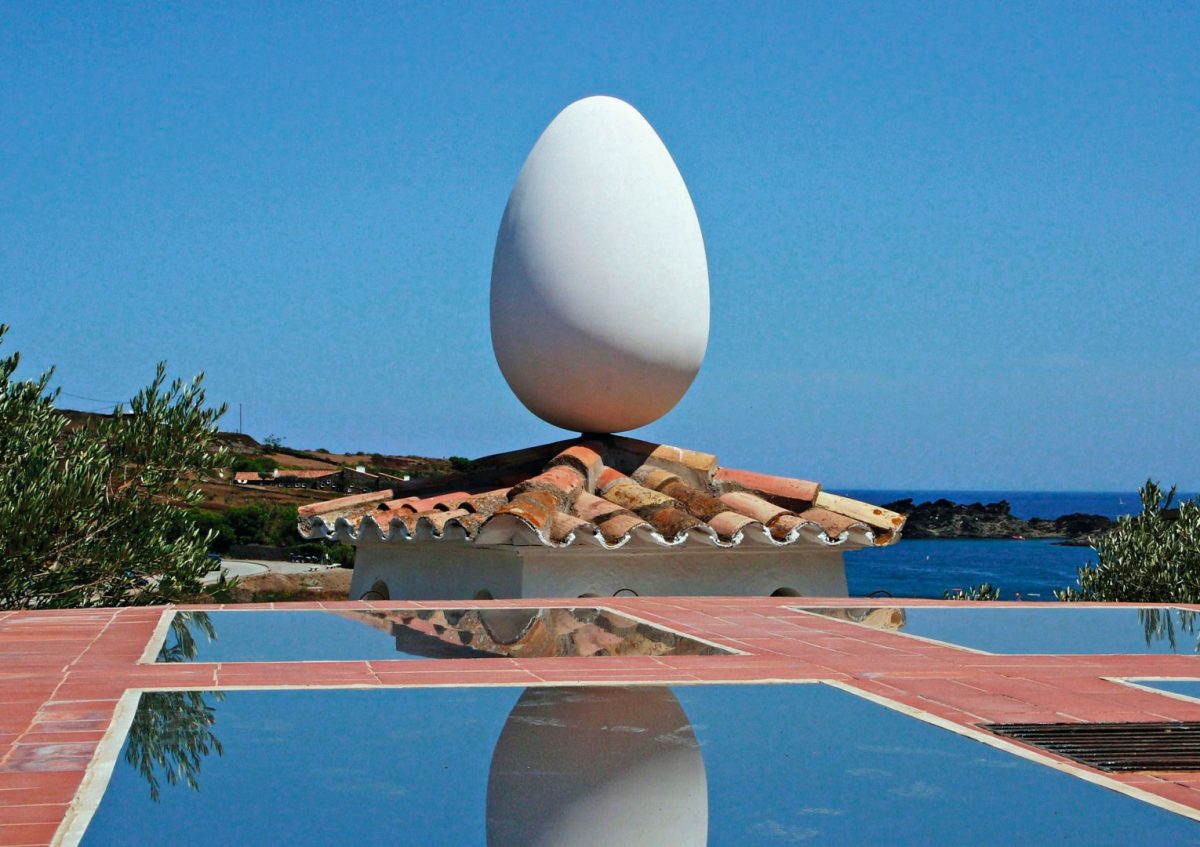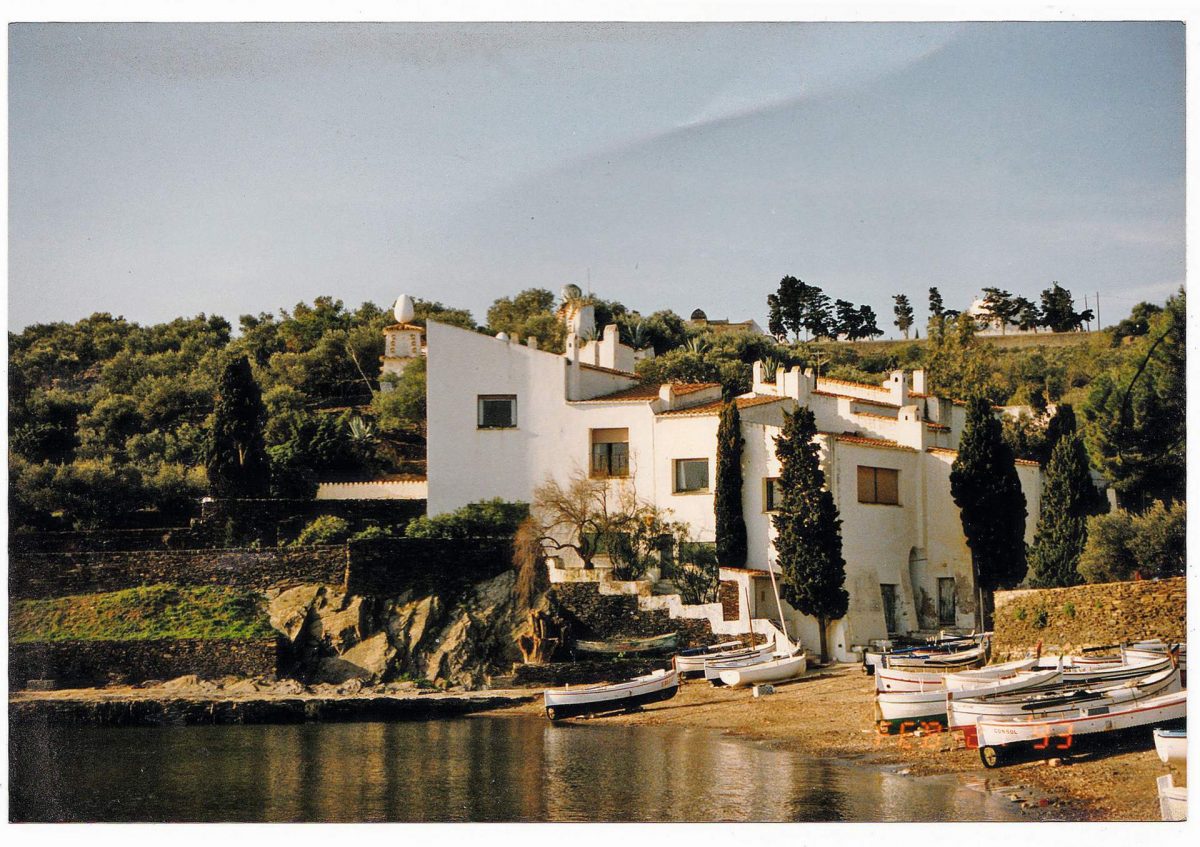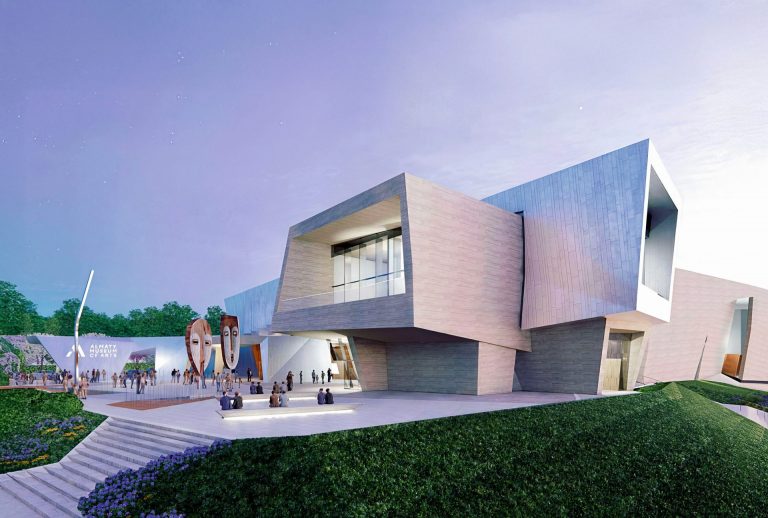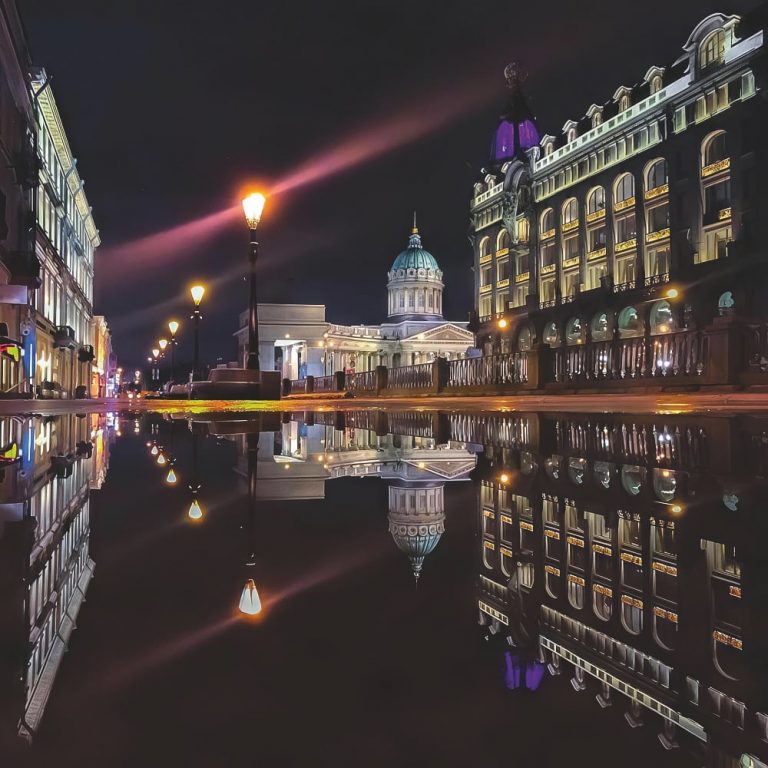The Dalí Theatre-Museum in Figueres, Catalonia, is the most renowned Surrealist structure. The red fortress with enormous eggs on its rooftop has become a symbol of the commercial triumph of Surrealism in the 20th century. What other structures has this artistic movement given birth to?
Salvador Dalí House-Museum in Port Lligat
This house, unlike the “palace” in Figueres, was not designed to be a sensational tourist attraction but rather a simple residence for the artist and his wife. The recent film Waiting for Dali (2023) beautifully captures their relatively tranquil lifestyle in the coastal town of Port Lligat. The building, painted white in the classic Mediterranean style, was reconstructed from several old neighboring houses. Its surrealistic madness is not apparent from a distance. However, upon closer inspection, the artist’s signature style becomes evident. Giant eggs, a recurring motif in Dalí’s work, can be spotted here and there. For him, they represented hope, love, purity, and perfection. There are also giant heads, a dovecote gallows, and a sculpture Christ From the Rubble made from marine debris. The transformation of this location into a museum began only in 1994, five years after Salvador Dalí’s passing.
Monkton House in West Sussex
In the late 1930s, Edward James, an eccentric British patron, turned his mansion, a typical early 20th-century farmhouse, into a surrealistic fantasy. James is the man depicted in Magritte’s portrait Not to be Reproduced, seen as a man reflected in a mirror with his back turned. The building’s facade was painted in metallic purple. The interior walls were adorned with dizzying swirls, and the ceilings were painted with clouds. Much of the furniture was designed by Salvador Dalí: indeed, this is the house where the lobster telephone and the Mae West lips sofa were part of everyday life. This was the only fully surrealistic house ever built in the UK. The house owner died in 1984, and two years later, the entire contents of the building, this unique art collection, went up for auction.
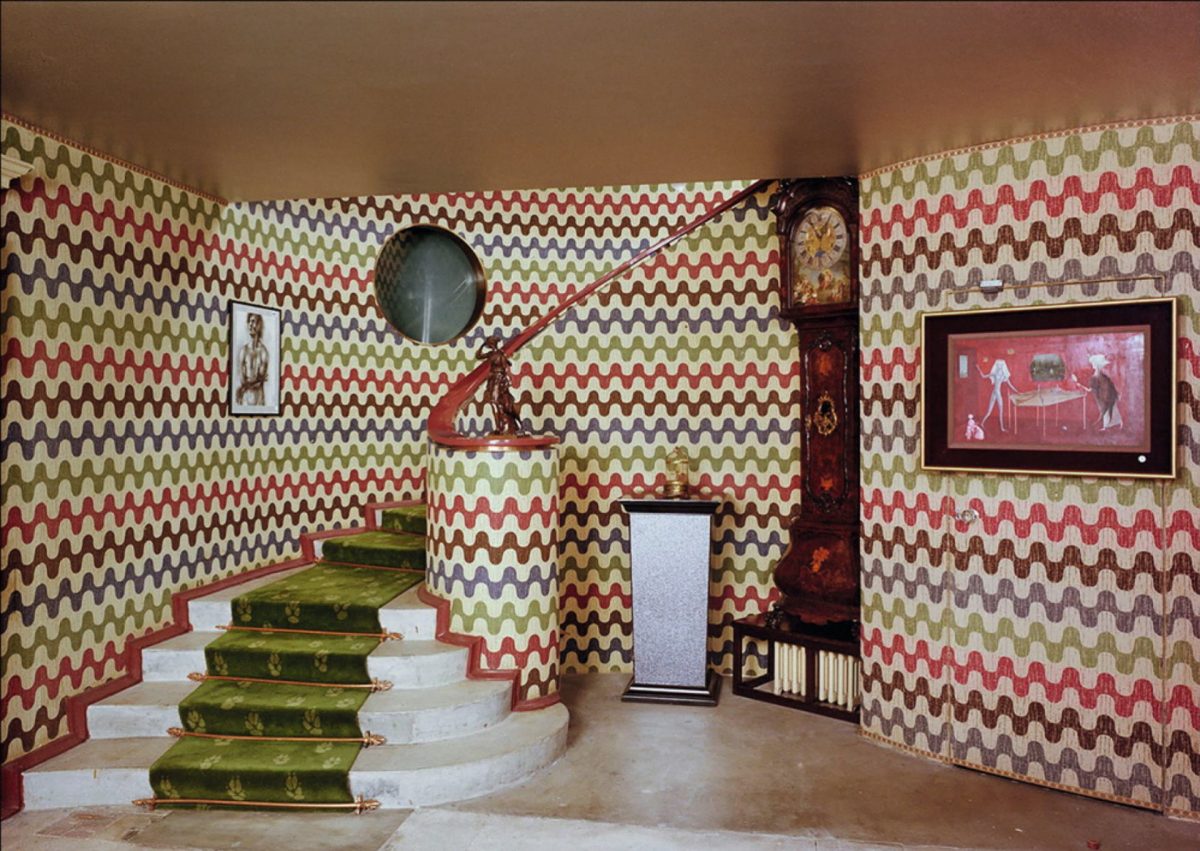
The Palace of Italian Civilization in Rome
Built in 1939 by architects Giovanni Guerrini, Ernesto Bruno La Padula, and Mario Romano for the 1942 World’s Fair, this building, nicknamed the Square Colosseum, became a symbol of the revival of ancient tastes under Mussolini’s totalitarian regime. However, art historians interpret other underlying meanings in it. Architectural historian Henry-Russell Hitchcock claimed that this building clearly exhibits de Chirico’s “haunting power, akin to something from a dream.” Indeed, the Square Colosseum’s resemblance to Giorgio de Chirico’s landscapes, particularly those from 1911–1914, is undeniable: it’s not the “realistic” antiquity we’re used to but a metaphysical dream, an unreal world. Looking at this Roman building evokes a strange sense of disorientation: achieved by its massive volumes, proportions, lack of detailing, presence of false details that seem real but our subconscious notes their abnormality, and the effects of stark contrasting lighting.

The Forest Spiral in Darmstadt
Austrian architect Friedensreich Hundertwasser (1928–2000) did not associate himself with any specific stylistic direction, but his art clearly shares many similarities with avant-garde and surrealism. Unlike Dalí and de Chirico, he was not part of the first, “authentic” generation of Surrealists, which allowed his work to encompass many later ideas. For him, a key concept was environmentalism, the harmony with nature. The buildings he designed are imbued with this vibrant nature: they rarely have any right angles, and their colors, while unconventional for mundane structures, are as visually pleasing as a flower. His houses are remarkable for their “organic surrealism,” giving the impression that they sprouted naturally rather than being constructed. The Forest Spiral is a residential building in Darmstadt, featuring a thousand windows on its facade, none of which are alike. Constructed in the 1990s, it gives the impression of having sprung from a fairy tale or a fantasy film.
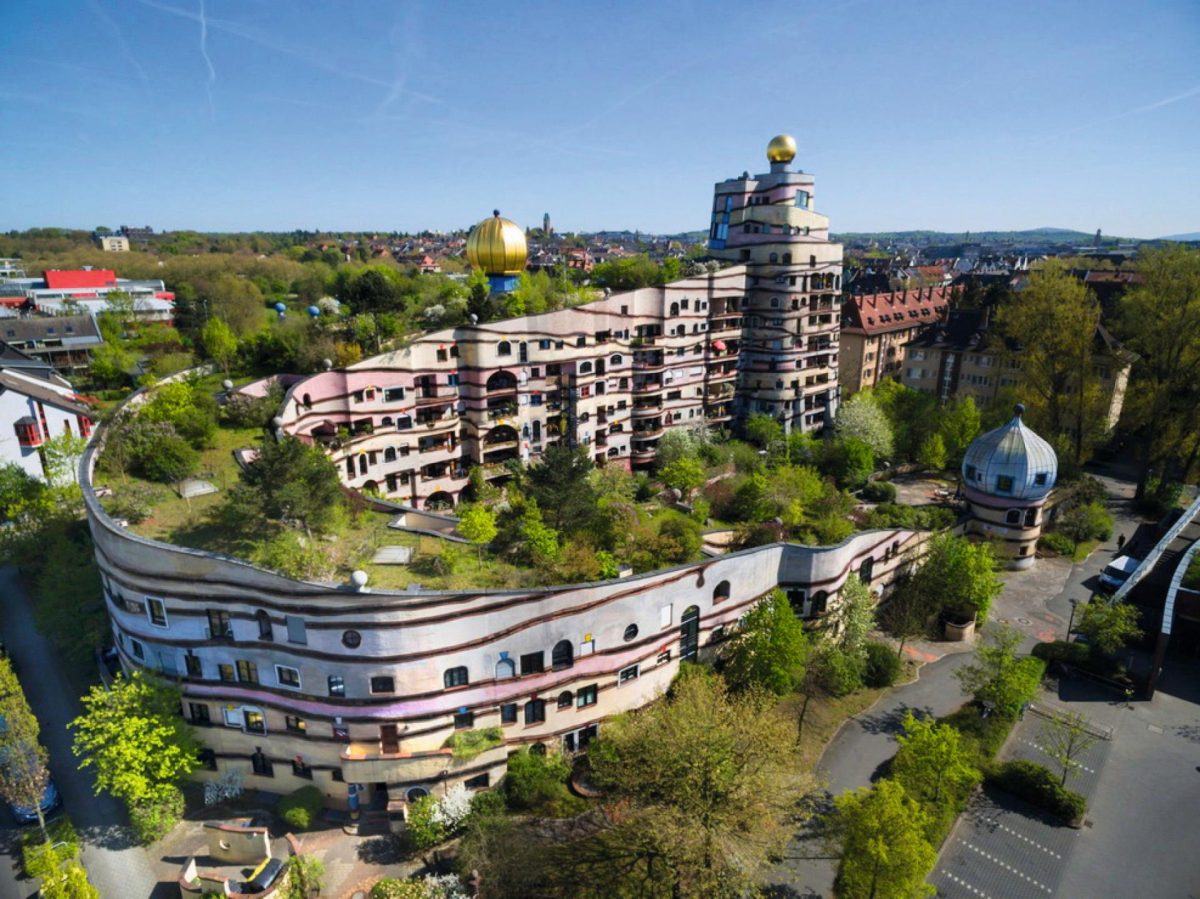
Photo: dreamstime.com; press-office
